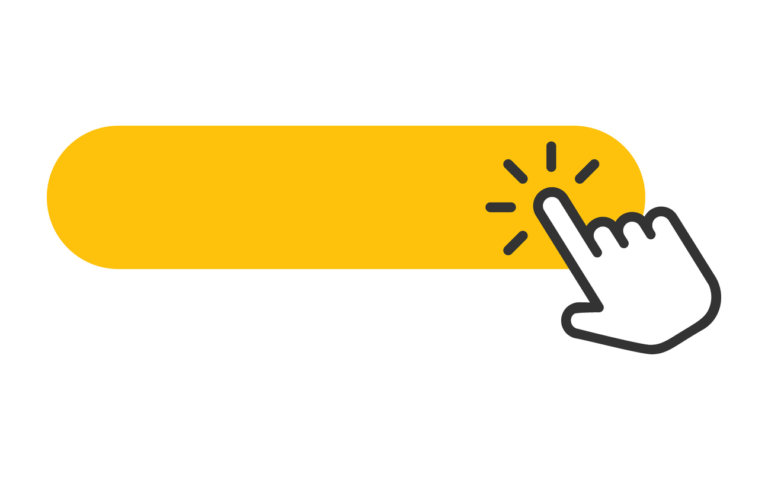A call to action (CTA, for short) is a way you ask someone to do something on your site. It could be a “sign up” button or a “book a call” widget. Some CTAs are far more effective than others—and we’re sharing five ways you can improve your CTAs.
It may be hard to believe, but you can actually see a huge difference in results just by changing a single aspect of your call to action. Font, color, location, and text can all be tweaked to encourage engagement. A/B testing can help you find out whether a red button or a black button results in more conversions, for example.
This is a quick guide for attorneys who want to understand what a CTA is, why perfecting your CTA can help maximize conversions, and five ways to improve your CTA.
What is a CTA?
A CTA is a call-to-action. It’s a clear ask that tells your website visitor what you want them to do next. The purpose of a CTA is to encourage a desired action that moves the person closer to your end goal. For example, a CTA encouraging someone to reach out to your office for a phone call leads them closer to the ultimate goal of eventually retaining you.
You might have a CTA on your Contact page (“Book a free call this week”), your blog page (“Get our free weekly newsletter”), or any other place on your site where you want someone to take action.
Your site may have several CTAs—and they can all be optimized. It’s smart to focus your efforts on the CTAs that are most closely correlated to conversion.
1. Pick the right CTA for the right moment
Your website visitors are on a journey to find an attorney. Some of these people will be further along in this process than others.
The CTA should make sense for the user and where they are in the attorney selection process.
To figure out if your CTA is appropriate, think about how the user arrived at your page in the first place. Did they click on a link in the Google results? Did they enter your URL directly from a business card? Did they click to your page from a campaign on LinkedIn?
You need to craft a CTA that fits this specific moment in someone’s user journey. Lead generation for new visitors may not be your top priority. For instance, if your website is primarily built for referral validation, then “Meet the Team” or “See Us in the News” may be more effective CTAs than “Schedule a Call.”
2. Be precise and concise with your CTA
Verbosity is a cardinal sin when it comes to CTAs. While the rest of your law firm website can explain your unique value proposition in more detail, the CTA is not the place.
A good CTA is specific and actionable, with a simple instruction and a clear and meaningful outcome.
Would you be more likely to click on “Request a free quote and book a discovery call NOW!!!” or “Free case evaluation”?
3. Give your CTA a makeover
Instead of changing the content of your CTA, try changing its appearance to make it stand out. From colors to making the CTA look like a real button, you can do a lot to help your CTA attract attention.
Improve the appearance of your CTA so that it’s more engaging.
Colors and emotions are deeply connected, and color psychology in marketing is a great place to begin your CTA makeover journey.
While you should generally stick to your brand color scheme, the CTA can be a fun place to diverge from the norm. Black and white are associated with luxury whereas red and orange are associated with urgency and energy. Blue and green are calming and purple is powerful.
What emotion do you want people to feel when they click your CTA?
4. Relocate your CTA
Don’t confine your CTA to the top or center of your page. We speak to a lot of attorneys who have been conditioned to place the CTA in the hero image. But this isn’t always the best option!
Try placing your CTA near an attention-getting element, after you’ve earned their trust.
Yes, a big, bold “Get help today!” at the top of the page is hard to miss. But it might be more effective to include a CTA further down the page near an engaging video or a short review. Get their attention, prove that you can be trusted, and then ask them to take action.
Use split testing and be flexible, allowing visitor behavior to guide your choices about CTA placement. Remember, improving your bounce rates and increasing conversions by just 1% could represent thousands of dollars.
5. Add more CTAs
Don’t limit yourself to one CTA. You need different CTAs for different types of visitors. For example, the CTA for someone who finds your website through a blog post may look very different than the CTA for someone who clicked on a PPC ad and arrived at a dedicated landing page.
Add varied CTAs throughout your site by identifying the appropriate call-to-action for each audience segment based on their visitor journey to your site.
Review and next steps
Your performance as a lawyer is a key factor in earning new business—but online, your business is only as good at its call-to-action. Improve your CTA by:
- Crafting a CTA that fits the user journey
- Using precise and concise language
- Altering the appearance of the CTA
- Switching up the placement of the CTA
- Adding more (and various) CTAs
If you get this tiny little moment right, your CTA can be the key that unlocks more (and higher-quality!) conversions. Your firm’s digital marketing success requires more than a clever CTA, of course. Propel your practice this year with help from our team of experts.

